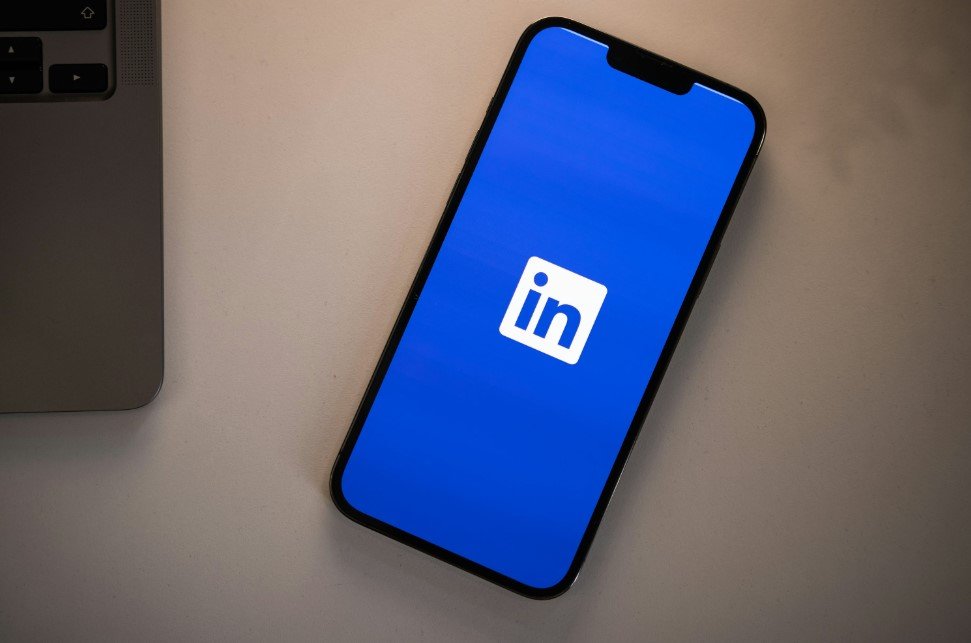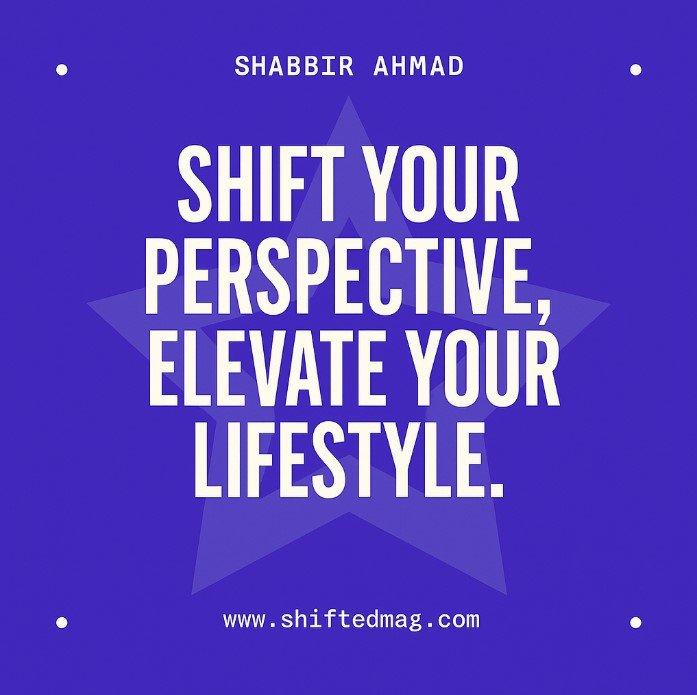Social Media
Stop Wasting Budget: Here’s How to Run a LinkedIn Campaign That Works

Start With a Goal That’s Worth Measuring
The foundation of any solid LinkedIn campaign begins with a clear objective. Not just a general “we want more leads” sentiment, but a defined goal tied to something tangible—brand awareness, engagement, consideration, or conversions.
Are you trying to introduce your brand to a new audience? Or are you nurturing mid-funnel prospects toward a demo or sales call? The answer dictates not only your messaging but your targeting and ad format. Awareness campaigns might prioritize reach and impressions, while lead generation campaigns focus on form fills and cost per lead. If you skip this step or treat it like an afterthought, it’s easy to misjudge success—or worse, fail to track it at all.
Match the Message to the Mission
Once your goal is locked in, your creative team needs to follow suit. A campaign is only as good as its ability to connect. That means selecting visuals and messaging that don’t just look good but align with where your audience is in their journey.
For example, an image-heavy carousel is well-suited for top-of-funnel storytelling, while a short, punchy video may be more effective when showcasing product benefits or client testimonials. Sponsored InMail (now Message Ads) can be powerful when targeting warm prospects who are ready for a more direct CTA.
But one common pitfall? Trying to cram too much into a single ad. Each campaign should focus on moving someone one step forward—not the entire mile. Clarity wins over complexity every time.
Treat Optimization as an Ongoing Process
The best campaigns aren’t “set and forget.” They’re tested, tweaked, and tested again. Headlines, visuals, CTAs, audience segments—every component has room for improvement.
This is where things start to get more strategic. Small changes can unlock big improvements. Maybe your cost per click drops 30% with a shorter headline. Maybe your click-through rate jumps when you swap a product image for a human face. But you won’t know unless you test.
That’s why iteration isn’t just something to do when performance dips—it should be baked into the process from day one. Launch, learn, adjust, repeat.
And yes, it helps to work with tools that make this easier. If you’re juggling multiple campaigns, audiences, and goals, a Linkedin ad optimization tool can simplify performance tracking and surface what’s working faster. It’s not about replacing human judgment—it’s about giving your team a clearer picture, faster.
Make Tracking a Priority From the Start
Too many campaigns collect clicks but leave insight on the table. Proper tracking is what separates vanity metrics from business outcomes. It’s how you connect a LinkedIn ad click to a real sale—or realize that a certain headline is generating a lot of leads that never convert.
This means setting up the LinkedIn Insight Tag on your website, using UTM parameters for every campaign, and syncing performance data with your CRM or analytics tool. Are people who fill out your lead gen form actually becoming customers? Do certain audience segments result in higher average order values or longer customer lifecycles?
Without solid tracking in place, you might double down on what looks like success—only to find out later that it wasn’t driving real results. Data without context can be just as misleading as no data at all.
The Real Key: All Parts Working Together
A great LinkedIn campaign isn’t just about flashy visuals or clever copy. It’s a coordinated effort between targeting, messaging, optimization, and measurement. Each part reinforces the others. You identify a goal, craft a creative that supports it, refine based on results, and track everything with intention.
When one part lags, the whole system feels off. You could have the best ad creative in the world, but if you’re targeting the wrong people—or not tracking conversions—you’ll never see the returns you’re hoping for.
But when everything does click? LinkedIn can become one of the most efficient, reliable channels in your B2B marketing mix. It’s not always the cheapest, but with the right strategy, it often delivers the highest-quality engagement.
One Last Thing
Don’t be afraid to start small and scale up. Some of the most successful campaigns begin as modest tests. The trick is to treat every click, impression, and conversion as feedback—not just results. That mindset shift is often what separates campaigns that stall from those that scale.
-

 Self Improvement2 months ago
Self Improvement2 months agoUsing BCBS Rehab to Access Quality Addiction Care
-

 Games2 months ago
Games2 months agoPusoy Strategies for Play That Also Work in Pusoy Dos in English
-

 Law2 months ago
Law2 months agoHow Can a Car Accident Attorney Help You?
-

 News2 months ago
News2 months agoCreating Acoustic Comfort in Restaurants: The Overlooked Ingredient of a Perfect Dining Experience






